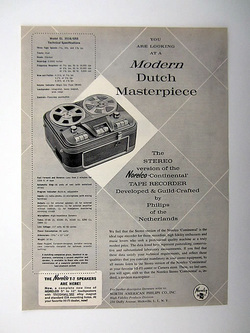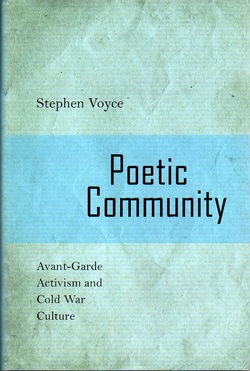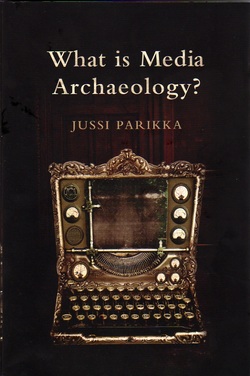
The amateur tape recording of literary readings and lectures began almost overnight around 1960 – mostly due to the sudden availability of 4-track portable tape recorders to the domestic market. I say “overnight,” because until the invention and use of transistors to replace vacuum tubes, tape recorders were large, bulky and expensive devices, often the size (and weight) of a small piano, and found mainly in commercial sites such as radio stations and recording studios. Even these machines were very recent. Audio recording on magnetic tape had been first developed in World War II Germany. Examples of the German machines had been brought to the U.S. after the war and used as the basis for the Ampex company’s equipment that in 1948 could pre-record Bing Crosby’s radio shows. Crosby had helped finance its development. Marketing of monophonic portable tape recorders to the household market appears to have begun around 1955.
This emergence of portable tape recorders was coinciding with the development of stereophonic sound recording and with the marketing of both stereo LPs and pre-recorded stereo reel-to-reel tapes, media which throughout the 1960s would compete with one another (with the LPs being cheaper and the pre-recorded tapes superior in sound). Many of the early portable tape recorders could play these stereo tapes but could record only monophonically. The 1959 advertisement above by Norelco advertises a machine that is the “stereo version” of a previous portable monophonic model. These new machines were not cheap – the stereo Norelco (marketed in Canada as a Philips)


 RSS Feed
RSS Feed